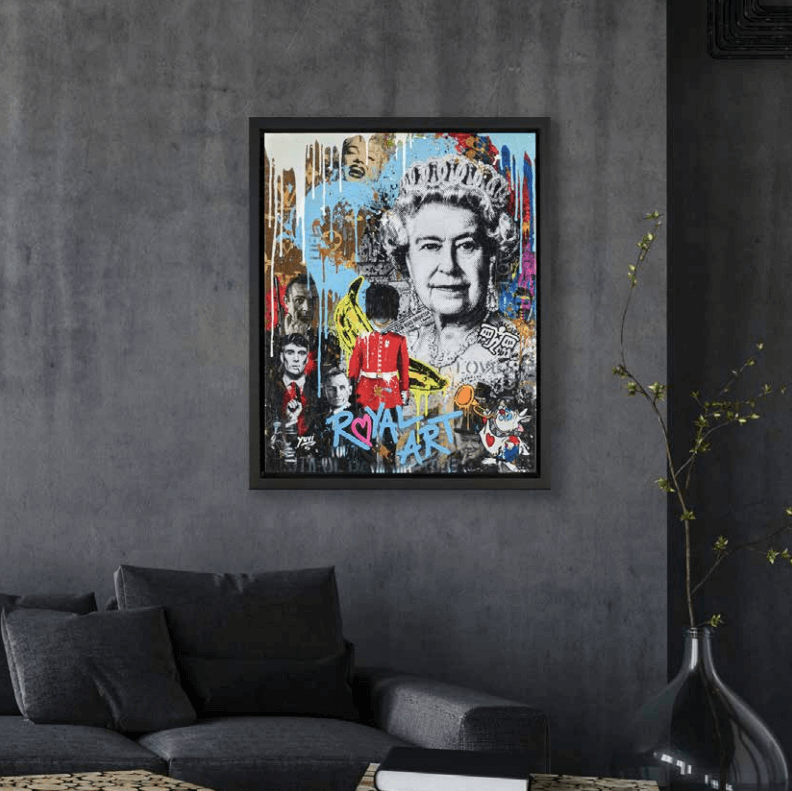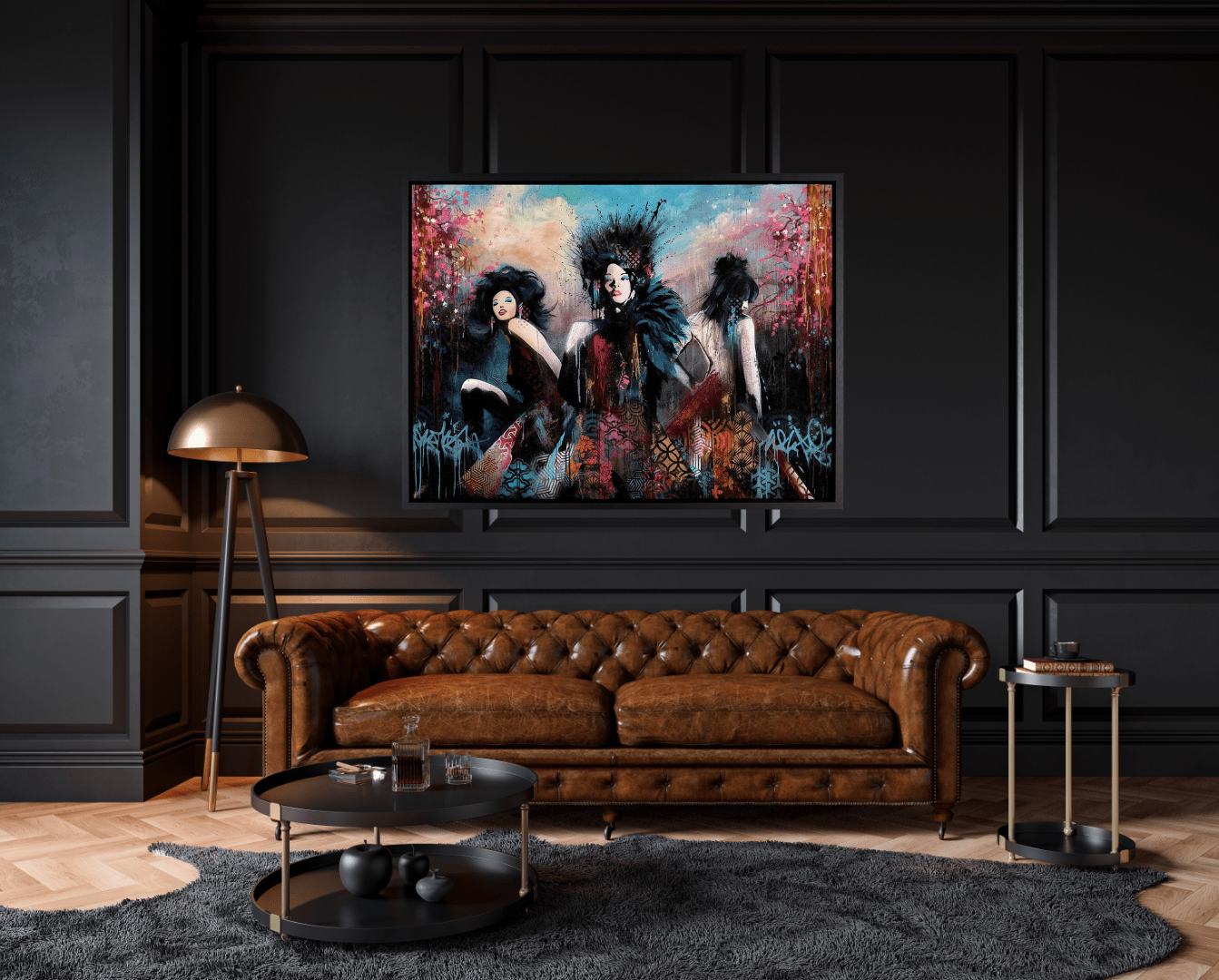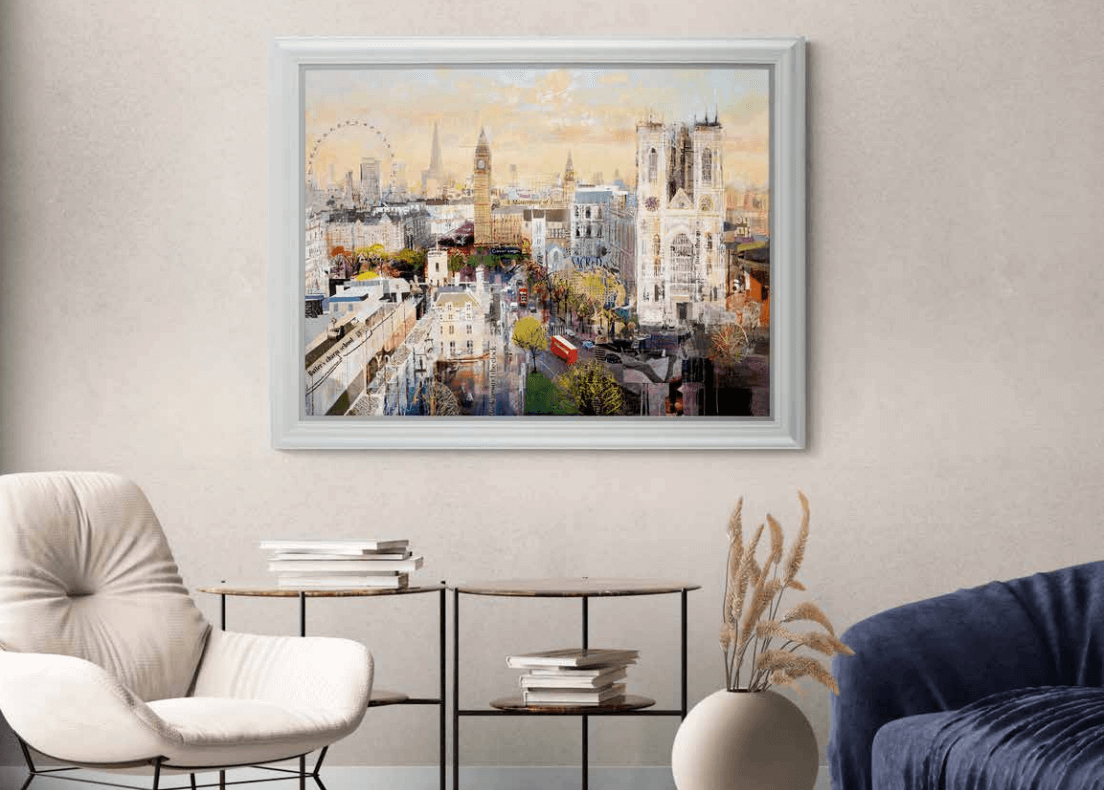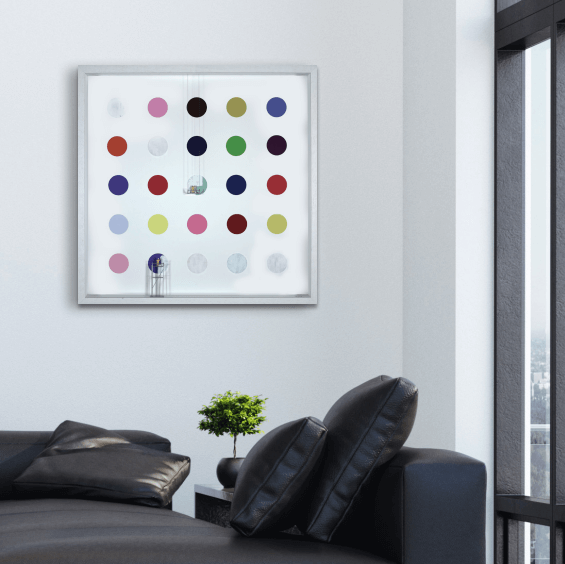Blank walls? Not sure where to start?
Follow our top 5 tips for buying artwork:
Thankfully we are not all the same and don’t all like the same things, especially when it comes to art. Choosing a piece of art for your home can be quite daunting, and getting it wrong can be costly.
Here we share our top five tips to make sure you have an enjoyable experience and get it right first time.
1. The emotional connection
The emotional connection is the most important consideration when buying a piece of art – and applies whether you are buying your first piece or you’ve bought many. Art should move us and make us feel something – be it happy, peaceful, energized, calm, reflective, or even sad. Here we are referring to paintings but it applies across all art forms.
Art is extremely personal, and the choice you make should come more from the heart than the head. When viewing a painting (or print) that you click with you should feel almost instantly drawn in and instinctively connect with it. We often hear customers say “I had to buy it, I just couldn’t get it out of my head” .
Your gut feeling is often the most effective way of determining whether you like something. Never try too hard to like a piece of art – for any reason.
Of course, there are practical considerations like the space you are going to hang it in, size, budget, style of room and even colour if you are intending to place it within a design scheme. But the emotional connection is where it should all start.
2. Complement or Contrast
Complement or contrast – it’s an interesting subject and we could write an entire blog on this alone (watch this space!). But for now, here are the basics…
Complement
In the above image we don’t see much of the room but what we can see instantly is its urban, contemporary style, monochrome colour pallet and simplicity. Here we have paired the room with a very contemporary urban painting predominantly monochrome but with a splash of colour to lift the space and draw attention. Whilst the style complements, the busy composition works perfectly with the simplicity of the room.
Contrast
Many people are nervous of contrasting styles when it comes to interiors and even more so with art. Contrast can be achieved in a number of ways – through colour, style, shape, or even subject. A contemporary piece of artwork can look stunning in a traditional or period home, and a traditional piece of artwork can look equally fabulous in a very modern home.
Circular artwork can contrast and soften the hard angles of furniture. Contrast is a great way of expressing personality so if you have always wanted to try it – don’t be frightened. And when it comes to art we are here to help you.
Wherever you are buying a piece of artwork from ask for help. A good art consultant will not only know about the artwork and the artist but also how to place art in a room.
Focal point or supporting act?
All rooms should have a focal point. If your room already has one like an imposing rug, or multi-coloured sofa you’ll probably want to choose less imposing artwork so that it doesn’t fight with the other statement pieces. However, if your room is feeling a bit flat and in need of something to attract attention go for something that is more visually impactful.
This leads us to size, and this is very important when selecting your artwork. And not because small rooms need small artwork – in fact quite the opposite.
It is a well proven fact that small rooms look bigger with a large focal point in them – and artwork is one of the best ways to achieve this. If your room is particularly small don’t choose a painting that has everything in the foreground as this can foreshorten the room. Clever Cogs by Tom Butler (below tip number 3) shows how having a long view extends the room.
3. Do your research and get to know the artist
This is a great point, and often one that people overlook. Getting to know a bit about the artist can help you understand the content of their work, and give some context to the pieces that interest you. If you are buying from us, we will always supply you with information about the artist as in most cases we know them well.
A lot of artists have their own websites, or a biography on the gallery’s website as ours does. Read up on them, or follow them on social media to get a glimpse into their lives and an understanding of their work and why they create it.
Remember though, if you saw the work in a gallery, it is rightful and polite to purchase through the gallery and not try to purchase direct from the artist (especially with the aim of getting it cheaper). Despite the boom in online shopping, most artists can’t survive without galleries, and really value them. They often have agreements in place so that artist and their galleries sell at the same price.
4. Consider your budget
When making any significant purchase, budget is always a factor. Thankfully when it comes to artwork there is something for everyone.
When talking about professional artists, an original painting or original print will usually be the more expensive option as it is a unique piece. You are paying for exclusivity, the artists skills and the fact that the artist created it themselves. An unknown artist will be a lot cheaper than a well known, or sought-after one.
Many artists now produce something known as Unique Editions, or Studio Editions. These are created using complex and expensive printing technology and then hand-finished and over painted with real paint strokes, sometimes done by the artist themselves and sometimes done by an artist’s assistant, with the artist’s permission and supervision.
These editions are sometimes as collectable and sought after as originals as they are more affordable for many and usually have some of the texture and depth of the original painting, yet at a much lower price. They are often created on canvas or board, just like original paintings. A professional gallery will always state what type of print they are displaying and should never pass off a unique print as an original.
Limited edition prints
Limited edition prints produced on paper have been around for many years and are still very popular. Again, modern print technology has hugely improved the quality of these. Typically, they are lower priced than unique editions or originals.
Remember, these rules aren’t set in stone. An original from an emerging artist is likely to be much more affordable than a limited edition from a well-established and very collectable artist.
There are also extremely viable finance options available, like the 0% OwnArt scheme that we offer at FIZZ, which allows the cost to be split over 10 months, with 0% interest. This makes it much easier to begin an art collection, without the upfront cost.
5. The importance of Framing
When it comes to framing your artwork – it’s make or break. Get it right and you’ll enhance the piece, get it wrong and you could well ruin it.
A frame is so much more than four bits of wood. It is the finishing touch that complements the room, reflects your personality and is no less important than the artwork itself.
The frame is an integral part of the way we absorb art and it plays a key role in protecting it. Whether it is a print or an original your artwork deserves your time and attention when it comes to framing.
The artworks you see at Fizz Gallery are presented in a frame specifically selected to complement and protect the piece. This may mean a big chunky frame on a very small painting, or a very thin frame on a large painting – giving impression of just an outline. Either way there is a reason for it – so don’t be afraid to ask why,
Purchasing art is rewarding and exciting, and here at FIZZ there is nothing we love more than being a part of that experience with our customers. Wherever you are on your art buying journey we are here to help and guide you as much or as little as you need.








